Practicality has been a term long associated with the Honda CR-V, with its space and usability leading the way in for many buyers. In more recent times, technology has been added to the repertoire, but in an age where packaging is key, those cards will only get you so far.
Visual appeal has never really been the SUV’s forte. In its early life, functionality preceded form, and it wasn’t until the third-gen RE that efforts to refine it came about, curvy as the direction was. The fourth outing, the RM, looked lost. The fifth iteration, the outgoing RW, clawed its way back into the game, but it wasn’t really because of its shape.
The thing is, the RW wasn’t a phenomenal leap from the fourth-gen RM in terms of styling, despite looking edgier. Introducing turbocharging as well as driver-assist tech into the equation made for a strong pitch, one that buyers happily lapped up, this household included, making the switch from a 2011 third-gen to the fifth-gen in 2018.
Of course, when all this becomes expected and the norm, a fresh card to draw in new buyers has to come from somewhere else. Happily for the CR-V, it does, in the form of a snazzy new suit and a significantly more polished interior.
With the formula under the skin having been retained, is there enough to entice the segment crowd? Ahead of its arrival into our market later this month, we drive the sixth-gen in Thailand to find out. The road test involved both the turbo and the hybrid, the latter being a first for the model here, but this outing will explore the turbo, with the line-leading e:HEV set to get its own report very soon.
Bigger, and bolder
At 4,694 mm long and 1,865 mm wide, the new CR-V is 71 mm longer and 10 mm wider than its predecessor, while wheelbase has grown by 40 mm to 2,700 mm. The increased dimensions don’t really come across visually at first glance when you compare both old and new directly side-by-side, especially when the older car has more perceived volume in its shape, especially dead on from the front and rear, but it’s there if you look closer.
The curves seen on the fifth-gen have been ditched for a sharper, more rugged look. At the front, you’ll find a longer bonnet line, which presents a flatter-looking nose like the HR-V, while a strong shoulder line really tightens up the side profile. Narrower light assemblies front and rear add to that tauter projection.
You could argue that the depiction has become more conventional, even generic, but that’s not really a bad thing because the chosen elements work, as they have elsewhere. There’s quite a bit of Continental feel to it, with styling elements you may have seen somewhere else. For example, the rear has a Volvo-esque tone, with the inner tail lights giving the tail a bit of a BMW-ish resemblance when viewed dead-on centre, especially when the exterior is presented in darker tones.
The net effect is that it’s quite a change from the fifth-gen styling-wise, with the CR-V having a more matured, handsome look, the shift much in the same vein as that done for the current Civic. It looks great in the metal, and I’m a fan.
If there’s anything to nitpick about the exterior, then the wheels are it. The 18-inch five double-spoke unit – which is shod with the same 235/60 Toyo Proxes R45 from the previous gen – isn’t the most eye-catching design, but you could say it stays in line with the shift in the car’s exterior design philosophy. However, it looks decidedly smaller than its size compared to the fifth-gen’s wheelstyles, be it on the pre-facelift and facelift. Makes you wonder how the 17-inch unit that will equip the local base S will shape up.
Same mill, same feel
As it was when the fifth-gen made its debut here in 2017, the new CR-V will arrive in four variant forms. However, like in Thailand, the naturally-aspirated R20 2.0 litre is has been dropped from the powertrain line-up, and so the starting point is now a 1.5 litre turbocharged model.
For Malaysia, that will be the 1.5L S, followed by a 1.5L E, both being 2WD variants. An AWD version sits at the top of the turbo range, and the 1.5L AWD now gets a V grade identifier. All three feature the familiar 1.5L VTEC Turbo from the previous outing, paired with the equally familiar Earth Dreams CVT.
The blown mill has been carried over pretty much unchanged, although there was mention of it during the technical presentation that it was now quieter and having a smoother acceleration response. This could be a result of the outputs arriving at different engine speeds compared to before.
In the fifth-gen, the L15BE DOHC VTEC turbo four-pot offers 193 PS (190 hp) at 5,600 rpm and 243 Nm from 2,000 to 5,000 rpm. The output numbers remain unchanged on the new CR-V, but peak horsepower now arrives 400 rpm later at 6,000 rpm, while peak torque now arrives 300 rpm earlier, from 1,700 to 5,000 rpm. Apparently, the CVT has also been tweaked to reduce noise and vibration.
These outputs are a slight variation from that seen on the Thai-market CR-V, with the unit offering 190 hp at 6,000 rpm and 242 Nm of torque at 1,700 to 5,000 rpm in that application, the difference in numbers being put down to the fuel quality.
A veneer of sophistication
Mirroring the new outlook of the exterior is an interior with a dashboard styled along the lines of that of the Civic FE, finally bringing the CR-V’s interior up to par with offerings from competitors such as Mazda.
Like on the Civic, you get a clean-running dash fascia, a three-spoke steering wheel, full-width mesh-covered air vents and a freestanding infotainment touchscreen, which on the Thai example was a nine-inch unit. With the exception of the base S (seven-inch unit), our cars will also feature the same display.
The gearshift lever is now more horizontally-oriented and looks more naturally placed on the centre console, which is also home to the electronic parking brake switch, brake hold and Econ buttons on the turbo. New to the car is hill descent control, with the button for that also placed in the console switchgear array.
As for interior trim, the turbo versions continue to run with faux dark-wood panel inserts on the dashboard and door cards, but the pattern and finish of the inserts look more premium than the ones on the outgoing car. Elsewhere, you get black leather upholstery, with light grey headliner, although we now know that the local base E variant will feature fabric seats.
New to the CR-V are items such as Qi wireless charging, a 360-degree camera and a Honda key card, and there’s now wireless Apple CarPlay in addition to Android Auto connectivity. As for the instrument cluster, depending on variant, it’s either a seven-inch semi-digital unit, with the speedometer being analogue (like on the Civic) or a 10.25-inch fully digital display.
Mention has been made of the MY-spec car coming with a 12-speaker Bose audio system, but that will be only be on the RS hybrid, as it is in Thailand. I’m curious as to how that will sound, because the generic sound system in the new one actually sounds decent, definitely a step up from the old car’s. Does the new HU have anything to do with the improved sonics? Maybe.
Unlike markets such as Australia, the CR-V in Thailand – and Malaysia as well – continues to feature the automaker’s LaneWatch blind-spot side camera system, which is decidedly looking more antiquated with each new model introduction. One wonders how long it will be before blind-spot monitoring becomes a standard issue item.
As for Honda Sensing, Thailand models have it fitted as standard across the board, and barring any surprises, that should also be the case here. Improvements have come about to the suite of safety and driver assistance systems, including the introduction of a new 90-degree field of view camera and 120-degree field of view millimetre-wave radar as well as improved response to the adaptive cruise and lane keeping assist systems.
Much the same poise, but a quicker steer
Since it has been moved over virtually unchanged, the behavioral aspects of the 1.5 litre blown mill feels the same as before, and I didn’t really find there to be any perceivable difference in smoothness climbing up the rev range to that on the resident pre-facelift RW, despite being very familiar with the powertrain.
If anything, the unit on the relatively well-used Honda Thailand AWD demonstrator sometimes felt rougher in the lower band than it should have been, when pushed over the course of the trip from Chiang Rai to Chiang Mai.
Like with the fifth-gen, keep the throttle input tidy and the engine does well, providing suitable amounts of pull to get the SUV up to pace in good fashion without fuss. Floor it and it remains brisk into the mid end, but don’t expect it to be a livewire beyond that, because the scope, as it always has been, is geared for progression. Likewise, the CVT, which prefers a gradual application of power to all-out barnstorming.
No radical changes to how it drives too, despite the new suit. The CR-V is happy to amble along, the suspension feeling a bit more refined than on the old car, with good poise up the speed range. Push it a bit harder on windier roads and its willing to oblige, in the case of the Real Time AWD offering good levels of predictable grip and manoeuvrability. Noise and wind insulation is improved from the fifth-gen, but the new CR-V still lets a fair bit of tyre noise in.
A quick note about the electric power steering, which now has provides improved feedback and a faster response compared to that on the old car. While turn-ins are quicker and cleaner, the downside of it is that more corrective micro input was needed in highway driving, a bit of a throwback to the third-gen in this regard.
Additionally, all four drivers assigned to the car noted that it also had a sensation of void in the first cm or so of turn, especially when stationary. Whether this is an anomaly peculiar to the demonstrator or to the system will eventually be answered when we get our hands on a local example.
Elsewhere, switchgear ergonomics are very good, and contact points feel premium not just to sight but touch as well, from the AC adjustment dials to the steering wheel function buttons, a definite improvement from the previous model. As for the front seats, they provided good support and comfort levels, but the sixth-gen finally introduces something that I personally have wanted to see for a long while.
New to the CR-V – on higher-end variants – is a driver’s seat memory function, which allows two seating positions to be stored. It’s a small but handy thing to have, especially when you have more than one driver utilising the vehicle, as is the case in our household.
Also new to the car is a sliding feature for the rear seats as well as seat back recline adjustment, another welcome addition. A by-product of that for the seven-seater (which the Thai AWD unit was), where the ability to shift the second-row forward makes for much needed leg space for the final row occupants, its appearance on the five-seat model adds dimensionality to rearmost space inside the cabin, gaining you additional cargo area volume if needed.
The neat part is that even pushed to its most forward position, the rear bench still provides ample knee room. The CR-V has always been ace in terms of presenting space to rear seat occupants, and that doesn’t change on the sixth-gen, the rear section being as cavernous as ever, what more so with an additional 15 mm of legroom compared to before. The recline adjustment – with eight angles to pick from – also improves rear seat comfort significantly.
Completing the picture
The new sixth-gen Honda CR-V remains a highly practical offering, but it now has a level of sophistication to match that technical competence. While not the final word in excitement, the turbo continues to drive well, performing ably to everything asked of it.
While all the familiar hallmarks are present beneath the metal, it’s evolution rather than revolution, with higher levels of refinement across many areas making a good car an even better one. The real progress, however, comes from how the CR-V is now styled, both inside and out. Elegant isn’t something that you’d have called the SUV previously, but here it is, finally added to the range of descriptors.
It does come at a cost, of course. The new CR-V is expected to be pricier than the previous-gen, but we’ve been told that the increase won’t be that phenomenal, at least not for the turbo variants. The hybrid will push new price barriers, but as before, most of the vote will go to the forced induction versions.
Looking to sell your car? Sell it with Carro.

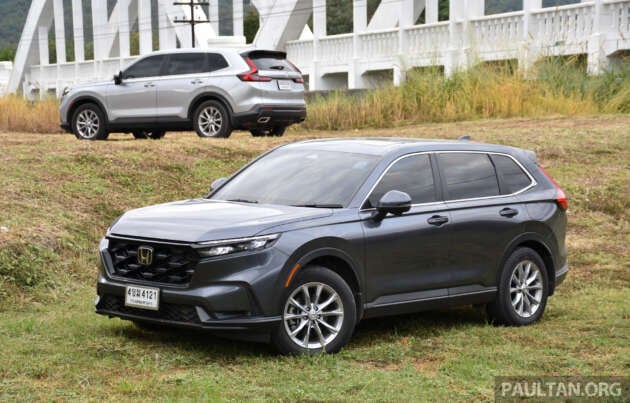
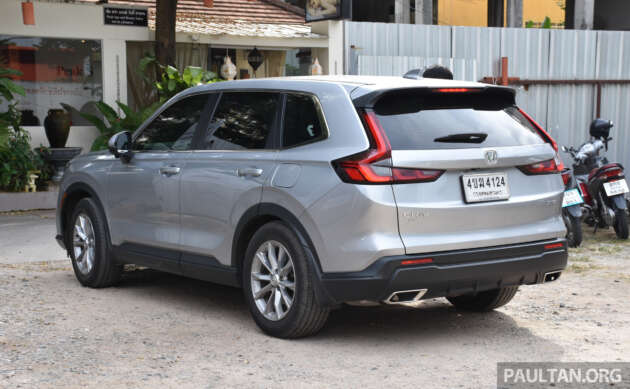

















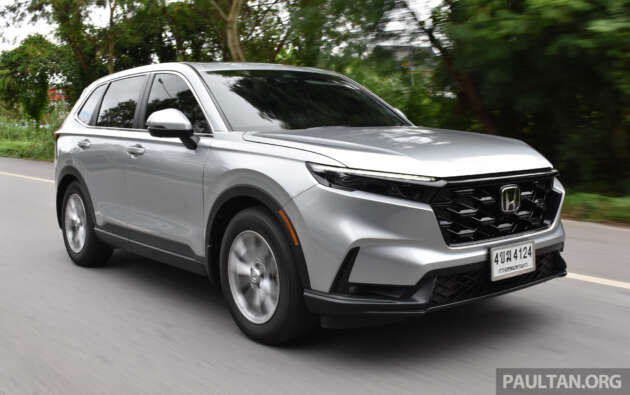
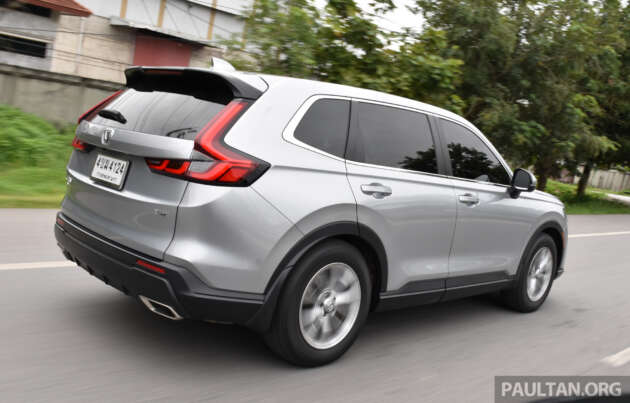





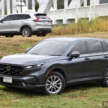
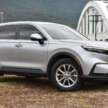
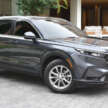
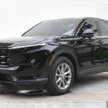
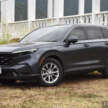
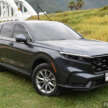
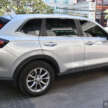
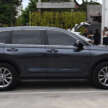
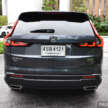
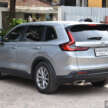
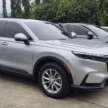
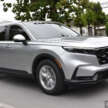
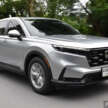
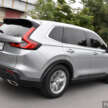
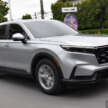
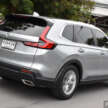
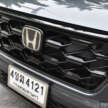
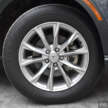
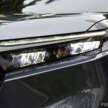

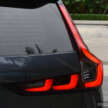
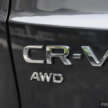
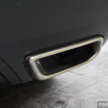
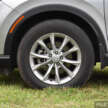
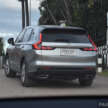
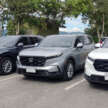
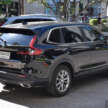
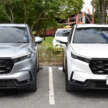
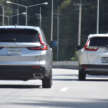
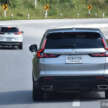
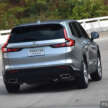
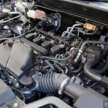
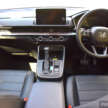
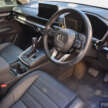
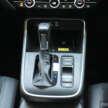


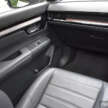
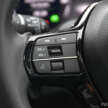
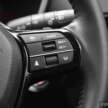
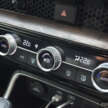

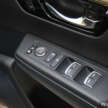

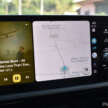


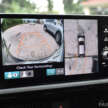
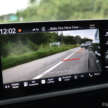

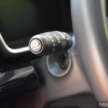
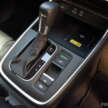
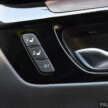

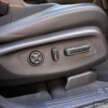
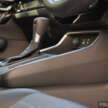
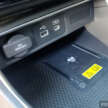
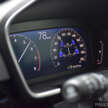


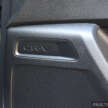
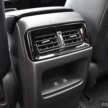
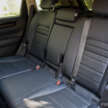
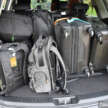

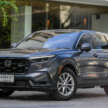
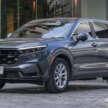
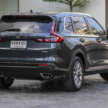


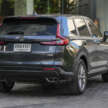
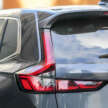
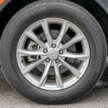
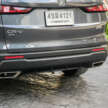
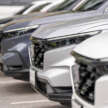
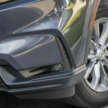
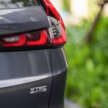

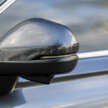
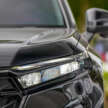
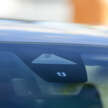
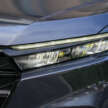
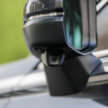

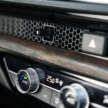
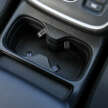
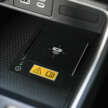
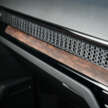

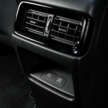

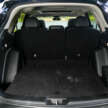
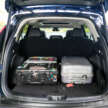
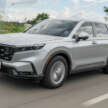
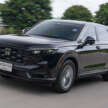
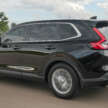


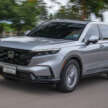
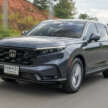
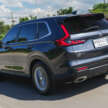




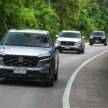

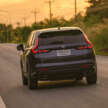
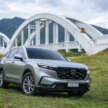
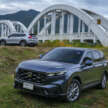


















overpriced
Betull.. Baikbeli raptor …
Raptor tidak overprice ?
paling berbaloi beli ialah Mitsubishi Triton Athlete ?
price not yet out already people start complaining overprice lol.
Better beli harrier, but 0-100kmh like Myvi good enough. But if don’t mind high revving climbing hills
Wait for the new CX5 2024 facelift. Better handling. Better NVH and much better after sales support from Bermaz.
CX-5 facelift not so special than CR-V interior. Chery Tiggo 8 Pro and X90 also looks better than CX-5 facelift
question is ..is it worth to upgrade from Gen5?
I’m extremely disappointed that Honda is still dumping LaneWatch hardware on all us Southeast Asian plebians. This is an all-new generation/model that would make for a perfect opportunity for a change over to a proper BSM system. Looks like the Civic FE facelift may not come with BSM as well if even CR-V can’t get it.
CMBS (Honda’s AEB) was introduced back with the RE CR-V, at least for the European market. Similarly, memory seats have been around for some time too, just not for Malaysia. The sliding and reclining rear seats however, is a welcome comeback since the RE CR-V had it in Malaysia but the RM and the RW CR-Vs didn’t.
Please bring in 7 seater option.
requesting for a 5+2 AWD version…..
Where 5+2 variant?
No to CVT.
Why?
baik beli proton s70
CKD bad sound proof